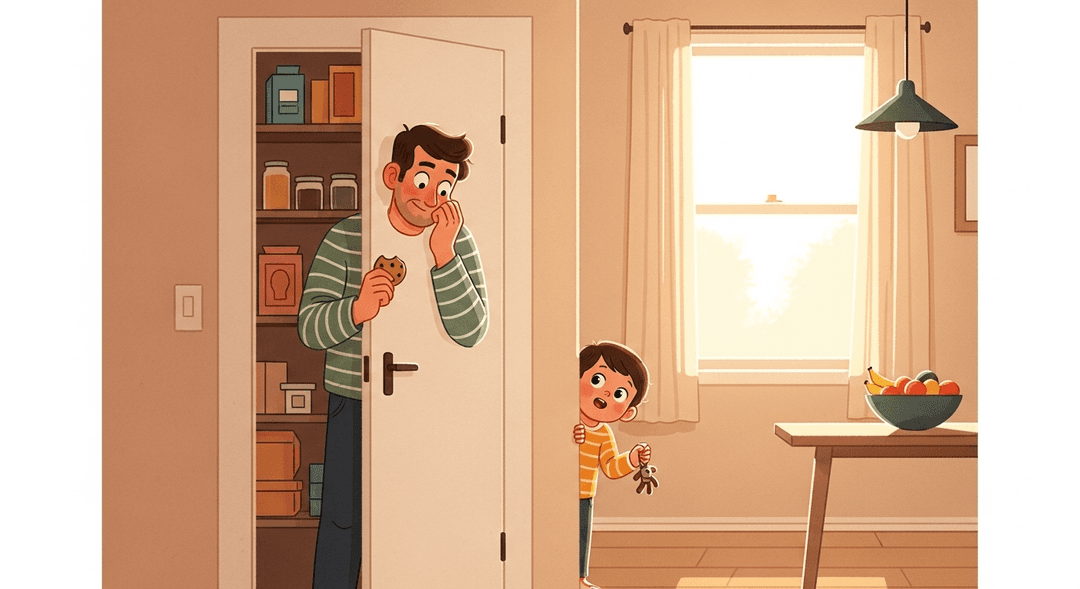Be Mindful of Your Language Around Food and Body Image
Ever caught yourself muttering 'I shouldn’t eat this' while hiding in the pantry, only to realize tiny eyes are watching you like you’re the star of a reality show called 'Parents Say Weird Stuff About Cookies'? Yeah, same. If you’ve ever wondered whether calling broccoli a 'superfood' or cake a 'cheat' is doing more harm than good, this is for you. Let’s laugh, cringe, and figure out how to keep food talk chill—because raising a kid who doesn’t think a cupcake is a moral failing is an underrated superpower.
Kids who grow up hearing neutral or positive language about food and bodies are less likely to develop anxiety, shame, or disordered eating. Their brains learn to associate food with nourishment and enjoyment, not guilt or restriction. For parents, shifting the script can lower stress around mealtimes, boost self-esteem, and help everyone’s dopamine levels stay in the happy zone instead of the shame spiral.
How to do it
-
Catch yourself when you’re about to make a negative comment about food, such as saying, "I was so bad for eating that."
-
Swap negative statements for neutral or positive ones. For example, say, "That was delicious and I’m full now."
-
Focus on what food does for your body. Instead of labeling food as good or bad, try saying things like, "Carrots help me see in the dark!"
-
Avoid talking about diets or weight, even as a joke.
-
If you slip up (which is normal), correct yourself out loud and move on. You can even make it funny for bonus points.
Key Tips:
- Be mindful of your language around food.
- Practice reframing negative thoughts into positive or neutral statements.
- Emphasize the benefits of different foods rather than assigning moral value.
- Keep conversations about food light and supportive.
- Don’t be hard on yourself if you make a mistake—just acknowledge it and continue.
